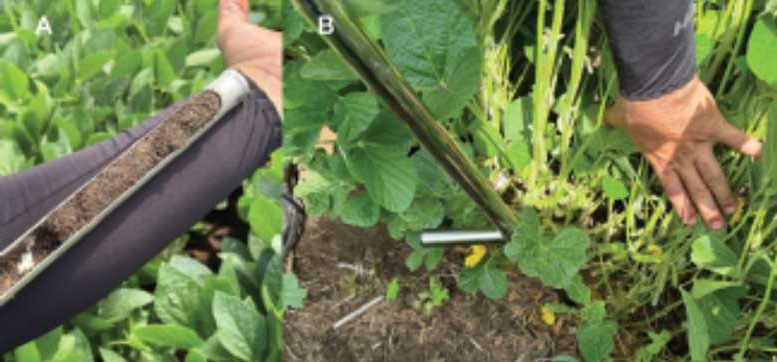|
Click to listen to this article
|
- Soil nematodes can be detected and identified through soil testing.
- Periodic soil sampling can be used to monitor soil nematodes over time.
- Accurate nematode identification is useful when making management decisions.
Plant parasitic nematodes can cause substantial damage to vegetable crops resulting in reductions of yield potential. Most of the major nematode problems on vegetables are caused by soilborne species that feed on or in plant roots. The feeding can disrupt root functions, and affected plants can be stunted, chlorotic, and show delayed and reduced production. However, above-ground symptoms on nematode-affected plants are not distinctive enough to allow for an accurate diagnosis of the cause of the problem. Other factors that disrupt root function, such as root infecting fungi, as well as environmental factors – such as nutrient deficiencies, flooded soils, or drought conditions – can result in similar symptoms.
Accurate diagnosis of nematode problems on vegetables usually requires the submission of soil and root samples to a plant diagnostic laboratory to determine the presence and population levels of specific types of plant parasitic nematodes. Knowing the types and levels of nematodes present can help growers choose appropriate resistant crop varieties, implement cultural practices to help lower nematode populations to decrease damage and help protect yields, and to determine if the application of nematicides is warranted. Periodic soil sampling and testing allows growers to monitor potential nematode problems in their fields over time.
SOURCE: VEGETABLES BY BAYER

